Atomic: Earned wage access is becoming more popular
Atomic founder Jordan Wright tells UNLEASH about future plans, present solutions and past successes.
Payroll isn’t just one of the most critical areas of HR tech to stay on top of, it’s also one of the fastest changing. From EWA (earned wage access) to low code environments, innovation in payroll is coming thick and fast, and Atomic are one of the companies leading the charge.
We got some time with Atomic’s founder, Jordan Wright, to find out what comes next for the payroll disruptor. Here’s a transcript of the conversation:
+++
Since the pandemic, we’ve seen several different trends – and maybe these would’ve happened anyway – but a couple of the trends that we’ve seen is, first off, earned wage access has been a bigger and bigger topic in our industry, allowing employees to get access to their earnings before the normal payroll day that you’d see in the past. So that’s one trend we’ve seen.
I would say another trend we’ve seen since the pandemic is people’s accessing their digital payroll much more frequently. And so these sorts of access points have become much more common. A lot of that stuff went virtual as opposed to being onsite or on premise.
It’s all about payroll connectivity
I just spoke with a company today that was looking at the difficulties of getting access to their own data. So some companies are looking at; how do we get access to our own data sitting inside of our HRIS system? Other companies are looking at it as; we’re trying to onboard a benefit for a company, but we have to do that through the HRIS system.
And so we’re providing connectivity for them so they don’t have to spend eight to 10 months in it getting that solved and figured out via the IT system, as opposed to if they used us, we could get that done in real time at the time of starting a new relationship.
So one example of that is 401k. If there’s a new 401K provider out there standing up a solution that 401K providers are gonna have to go build relationships with almost every single HRIS or payroll platform out there, we can give them access to all those systems on day one.
We announced the Employer Link product here at the UNLEASH Conference today actually. So Employer Link, in the past we’ve had a product that we call User Link.
User Link gives a consumer the ability to access their own personal information inside of a payroll system. Employer Link gives us the ability to connect into the administrative side of the payroll system, to be able to read and write benefits, to be able to read and write employee roster information.
Say this person was let go; you could hire a person directly through our connectivity and allow for that. Connectivity allows for all the administrative functionality that an administrator would normally do in a system to be done via API.
Moving from fintech to HR
Essentially we started in the traditional financial services space. We allow consumers when they change a bank to change where their paycheck gets sent so that they can become a primary financial institution customer of that bank.
So we made that change happen. We started in that space with Chime, several other large customers of ours that started. We also work with US Bank, one of the largest in the United States, to be able to help consumers change their direct deposit. The reason we were pulled into the administrative connectivity side is we had people using us to verify income and employment switching, direct deposit, all that sort of stuff on the consumer side.
But we saw companies needing access to their own data, very similar to consumers. Actually workers’ comp is one of the things that took us that direction.
Uplink explained
We’re the only company in our space that doesn’t actually need credentials from a consumer or from an administrative employer in order to be able to access the system on their behalf.
And so, that’s done through a technology called Uplink. And Uplink is a unique technology that allows us to pull in the username. They log into there, with their username and password on the actual device itself, without us, without that username and password coming up to our system or our cloud.
And then we capture the session after the username, password is entered and we process all of our API calls and things like that directly from their device as opposed to from our cloud.
Making access easy for all
So when we started our product, we launched with the ability for a consumer to update direct deposit and also verify their income and employment. That sort of functionality is needed for a lot of the employer link use cases we’re chasing as well. So consider a worker’s comp policy. We have to come in and understand all the employees, all the comp data, all that kind of stuff.
But when that individual employee requests a worker’s comp, or has a worker’s comp incident, they have to be able to get in access to their individual data.
It’s very similar for several, several other use cases. It’s, it’s beneficial for us to have both the employer link side and the consumer link side.
+++
Atomic are a Platinum Sponsor of UNLEASH America 2023. Supercharge your HR tech business by partnering with UNLEASH today.
Sign up to the UNLEASH Newsletter
Get the Editor’s picks of the week delivered straight to your inbox!

Editorial content manager
Jon has 20 years' experience in digital journalism and more than a decade in L&D and HR publishing.
-
Topics
HR Technology
Payroll
UNLEASH America
Contact Us
"*" indicates required fields
Partner with UNLEASH
"*" indicates required fields
